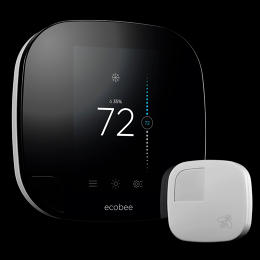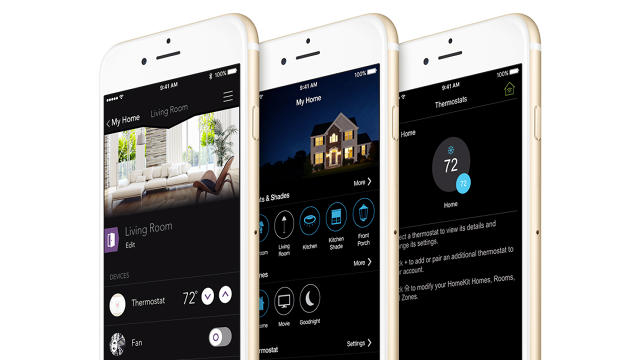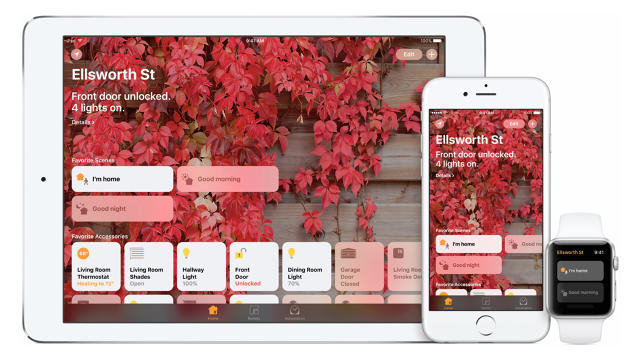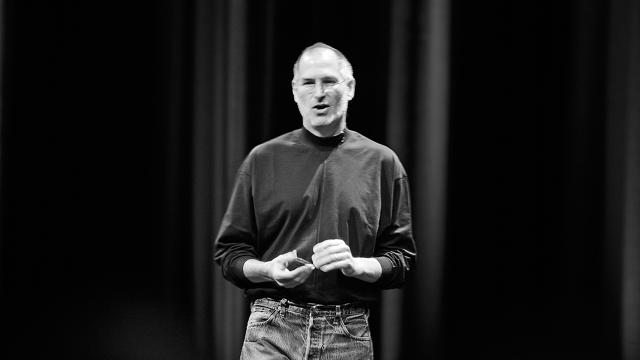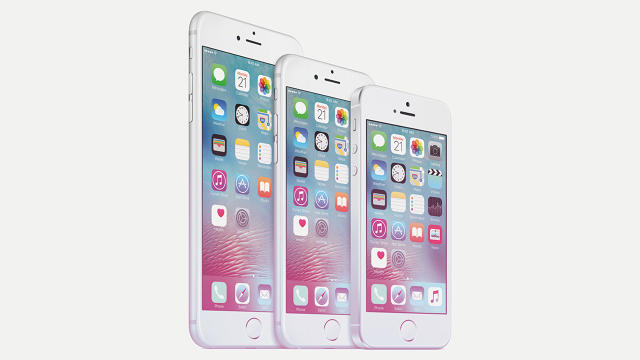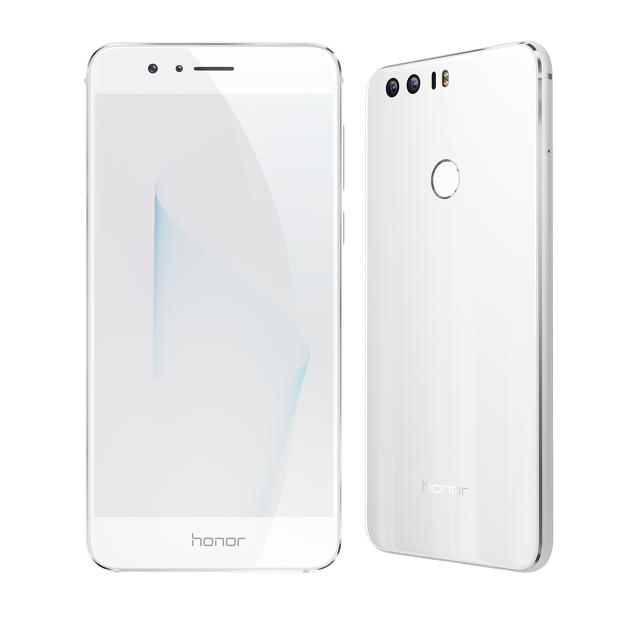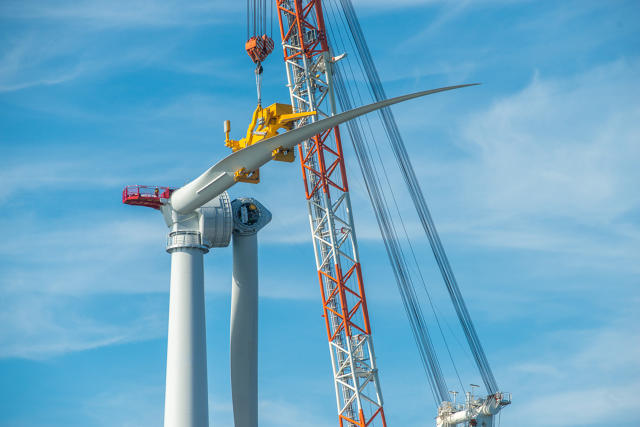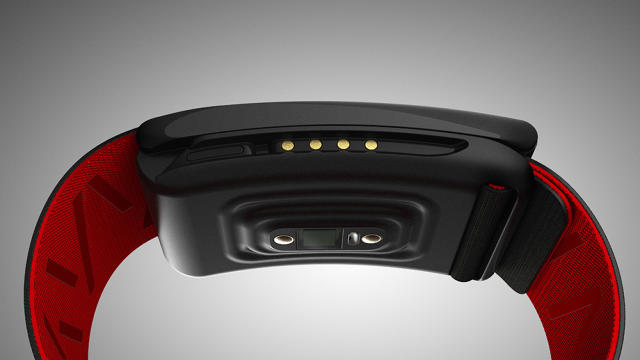Dividends aren't just for execs anymore, as gig-economy startups find new ways to reward the people who provide the actual services.
Uber, one of the biggest transportation companies in the world, doesn't own its network of cars. Airbnb, the biggest hospitality company in the world, doesn't own the rooms where its guests stay.
These so-called "gig economy" and "sharing economy" companies provide the marketing and technology for the services they provide, but their users provide the actual services. And some founders don't think it's fair that only founders, full-fledged employees, and investors generally stand to benefit from the soaring valuations that this setup can create. So they're experimenting with models that give workers a share in the platforms through which they find jobs as freelancers or rent their homes.
One movement called urges founders to create cooperatively owned companies that operate like Uber and Airbnb. Unlike most companies, in cooperatives, every worker shares the profits (in the form of a dividend) and votes on decisions. Cooperative enterprises worldwide employ 250 million people and generate $2.2 trillion, according to the International Co-operative Alliance.
Some of these are online marketplaces: Stocksy, a cooperatively owned marketplace for stock photography launched by a founder and an early employee of iStockphoto, pays its photographers higher royalties than competing sites and this year, granted its 900 members a dividend for the first time. Loconomics, another cooperatively owned piece of the gig economy, points customers to such local service professionals as plumbers, hairstylists, and babysitters, much like what TaskRabbit does. Now, just one month after quietly launching with a handful of providers in July, Loconomics plans to charge members $30 per month to use its tools. This contrasts with competitors like TaskRabbit, which does not charge a fee, but does take a commission. As with most member co-ops, Loconomics' bylaws dictate that profits be distributed back to workers in the form of dividends.
But for the startup Josephine, which helps cooks sell food from their homes, the co-op model doesn't jibe with its concept. Co-ops by nature are governed by democracy, which Josephine COO Matt Jorgensen argues can be difficult to coordinate when you're moving fast to iterate on new products. "[The co-op model] adds a pretty extraordinary amount of overhead to the organization model," he says. Jorgensen argues that overhead is easier to manage for a company that specializes in familiar merchandise, such as stock photos, as opposed to a new concept like Josephine's homemade meals, which customers pick up from their neighbors' kitchens. "It's very different to be a marketing vehicle for a group of coffee sellers that are selling a known product on a known market than one that is trying to create new models," he says.
So Josephine has decided to give cooks the equivalent of 20% of Josephine, Inc. outstanding stock—a solution that several startups have landed on to create some value sharing without restructuring as co-ops.
The idea is that cooks who join Josephine are, like its early employees, sharing in the risk of a startup), so they should also share in the potential upside of that risk. The company will appoint a council of cooks to elect a representative to its board.
Juno, an Uber competitor that began recruiting drivers in December, similarly has reserved half of its founding shares for drivers, who earn equity based on how much they drive. Competitors Uber, Lyft, and Gett do not give drivers any equity. As of June, Juno had signed up 9,000 drivers in New York City, about 25% as many as Uber.
The office management company Managed By Q is different from most gig economy and sharing economy services in that it hires its field workers as full-time staffers rather than qualifying them as independent contractors. In March, Managed By Q announced that it would reserve 5% of its shares for workers. Employers outside of the startup world, like Proctor & Gamble and Shake Shack, have already instituted similar programs; Managed By Q demonstrated that this could work for the on-demand category.
While startups like Josephine, Juno, and Managed By Q might be more generous with their equity than most, some argue that the gesture doesn't go far enough to share value with employees. "The problem with simply sharing some of the equity is that someone is still profiting off the labor of others," says Janelle Orsi, the executive director of the Sustainable Economies Law Center. "So long as people can earn stock dividends, it maintains incentives to keep worker earnings low and to generally squeeze as much as possible out of workers. It's only a slight consolation for a company to say they are giving some workers some of it back in the form of dividends."
Jorgensen says he believes there's more than one model for shared prosperity. "We're trying to strike this hybrid where we're adopting the best from this participatory structure and a level of innovation and systems change," he says. "The best way we know how to do it is with founders making bold decisions and investors being willing to take risks with capital."








